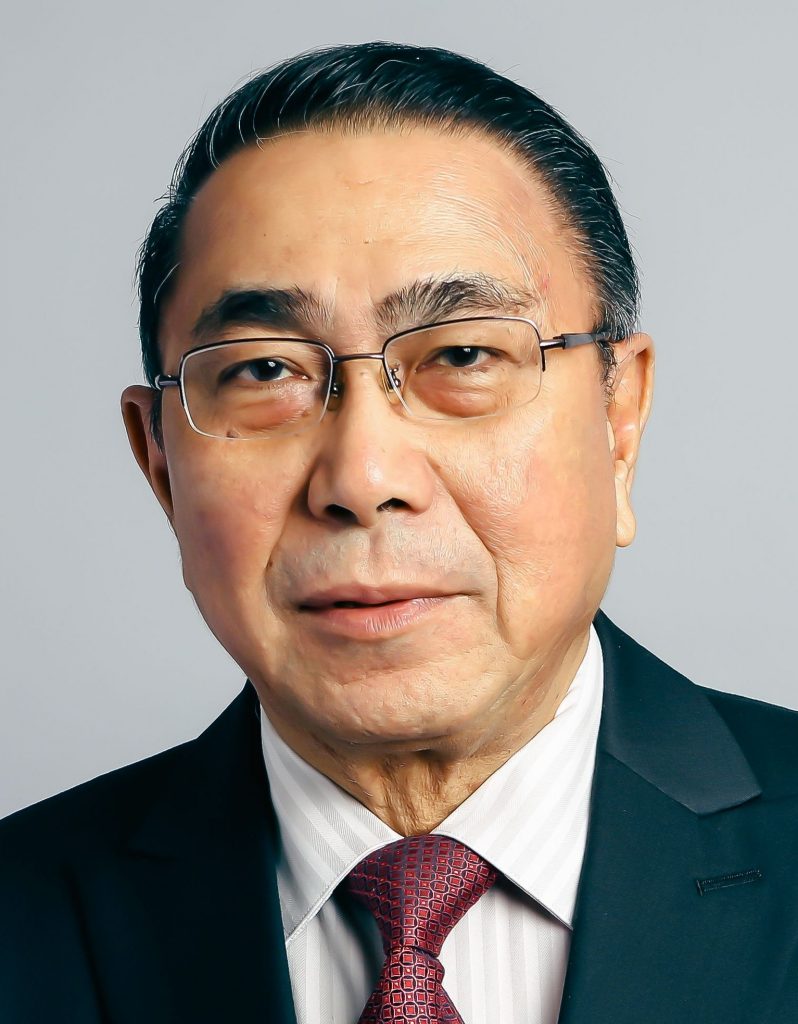
Almost all large companies worldwide are corporations in the form of limited liability companies. A Limited Liability Company (PT) whose shares are offered to the general public through the stock exchange is a public company abbreviated as “Tbk”. Because PT Tbk seeks part of its capital from the public, companies must meet many conditions in this category. Compliance with all applicable rules and regulations is absolute because it involves the public interest.
Good governance is also a very influential factor in public trust. This will be reflected in the value of the company’s shares on the stock exchange, which in Indonesia is managed by the Indonesia Stock Exchange (IDX). A company whose share price is stagnant around its nominal value indicates no potential investors interested in buying its shares.
The company’s reputation greatly determines the level of its share price on the stock exchange. Companies that have a good social responsibility meet the demands of governance, and manage their business well to generate commensurate profits, will undoubtedly gain public trust. High stock prices certainly provide benefits for shareholders in the form of dividends. What is more tempting is the capital gain, which is the difference between the purchase value and the selling value of the stock. Sometimes companies are tempted to “fry” the stock price. This is prohibited on any exchange because it is a deception to investors.
Communication Function
With the heavy responsibility of PT Tbk, the communication function is very strategic. Negative news will decrease the value of shares; on the other hand, positive news will increase the value of shares. There was an interesting experience several decades ago when I was President Director of Rio Tinto Indonesia. During one of my visits to the region, I took the time to visit a state university in one of the provincial capitals and was received by the Chancellor and his staff. Upon returning to Jakarta, the Director of Finance asked what I said in the capital city of the province I had just visited because related to my visit, the value of the shares on the Sydney Stock Exchange increased.
It turned out that one of the staff presented at the meeting with the Chancellor also served as a newspaper correspondent, and because he didn’t really understand the intricacies of mining, he made the wrong news. Answering the Chancellor’s question about Rio Tinto’s operations in Indonesia, I explained the three mining operations owned by Rio Tinto at that time, in addition to the existence of 9 active exploration sites. The term “exploration” is poorly understood, so it is reported that the company will soon operate 9 new mines in Indonesia. Exploration is a mining activity at a very early stage, and the success rate at that time was only about 10%. So, out of 10 exploration activities, statistically, it is not certain that there will be one new mine. After returning to Jakarta, I was busy all day correcting the news that was not true. The increase in shares based on misunderstanding is not the company’s goal.
A quick glimpse of my experience at that time shows that stock prices are very volatile and therefore need to be handled with extreme care by a competent person. At PT Tbk, there is the position of Investor Relations Manager whose job is to manage all internal and external communications related to the company’s capital, so he must have knowledge and experience in finance and macro and microeconomics theory.
The Investor Relations Manager’s responsibilities also include liaising with investors, relevant regulators (in Indonesia OJK and Bank Indonesia), stock rating agencies, and financial analysts who make forecasts on the movement and value of company shares in economic and political contexts. Investor Relations is often referred to as Financial Public Relations.

Between the activities of investor relations, public relations, and other corporate communication activities, there must be close coordination and cooperation in line with the reputation that the corporation is trying to achieve. (Photo: Freepik)
Institutional Investor
In addition to the general public who buy “retail” shares, a huge role lies in the hands of institutional investors who have large numbers of shares. Each category of institutional investors has different characteristics and focus of attention, and the Investor Relations Manager needs to understand each of these characteristics in their communication activities. Institutional investors include insurance companies, venture capitalists, pension funds, mutual funds, banks, sovereign wealth funds, and specialized investment institutions such as hedge funds.
Sovereign wealth fund (SWF) is a state-owned investment institution whose profits are used for the country’s development. The most famous and thought to be the largest globally is the Norwegian SWF which is devoted to managing funds from the unexpected fortunes of discovering large oil reserves in the country’s waters. Aware of the depleted nature of natural resources, in 1990, the government and the Norwegian Parliament established the SWF under the central bank’s management to ensure that revenues from the oil could still be enjoyed when its reserves were depleted.
So far, SWF Norway has bought shares worth nearly US$1 trillion in more than 9,000 companies spread across 73 countries. In addition, more than US$ 300 billion was invested in bonds and other securities in 45 countries. Several dozen Indonesian companies received capital injections from SWF Norway, including, among others, PT AKR Corporindo Tbk, PT Kalbe Farma Tbk, and PT Bank Rakyat Indonesia Tbk. The Singapore government has two SWFs, the most famous of which is Temasek, the other one that may not be well known to the general public is GIC (Government of Singapore Investment Corporation), which holds about 3% of PT Telkom Tbk’s shares based on the SoE’s 2020 Financial Report.
Pension funds are also big players in the stock market, two of which are big players in the international stock market. What is often heard is the Ontario (Canada) Teacher Pension Fund, which, as of December 31, 2020, has assets of C$ (Canadian dollars) 221 billion or equivalent to US$ 175 billion. The California Civil Service Pension Fund is, known by its acronym CalPERS is a significant player as an institutional investor with assets valued at June 30, 2021, of US$469 billion.
The amount of capital held by these institutional investors gives them great power that companies must pay attention to because they are the drivers of shareholder activism. In the late 1990s, shareholder activism was realized through international NGOs buying shares in the companies they targeted for activism.
This was the cause of one of the first activities I had to undertake as the leader of Rio Tinto Indonesia in early 1998, namely undergoing media training. Ahead of the GMS in London, I received instructions from the head office to undergo media handling training because it was estimated that several NGOs that had bought shares would launch an “attack” at the GMS, which would resonate in all countries where Rio Tinto is active, including Indonesia. It is anticipated that several issues will be raised regarding Rio Tinto’s mining operations in Indonesia and I must be prepared to deal with them.
SWF Norway and the two giant pension funds mentioned above are very concerned about implementing the social responsibility of the companies that obtain their funds. In the last decade, the trend that has emerged is that many institutional shareholders want companies to run with principles that support ESG (Environment, Social, and Governance). The problem is that there is no agreement or standard on ESG and how to measure it so that a fair and meaningful comparison can be made. It can be estimated that this discourse will continue to develop until there is standardization on ESG in the future years to come.
In closing, corporate communication activities must display messages that are harmonious and mutually supportive. So, between Investor Relations, Public Relations, and other Corporate Communication activities, there must be close coordination and cooperation that is in line with the reputation that the corporation is trying to achieve. If there is no good coordination and the various units within the large Corporate Communications function convey different messages, then the company’s reputation as a whole is at stake. The involvement of the highest level of corporate leadership is required to run all Corporate Communication activities in sync and coordinated.
Noke Kiroyan
Chairman & Chief Consultant, Kiroyan Partners
This article has been published in PR Indonesia magazine 83rd Edition, issued on February 2022, pages 48-49.
Download the clipping here.



